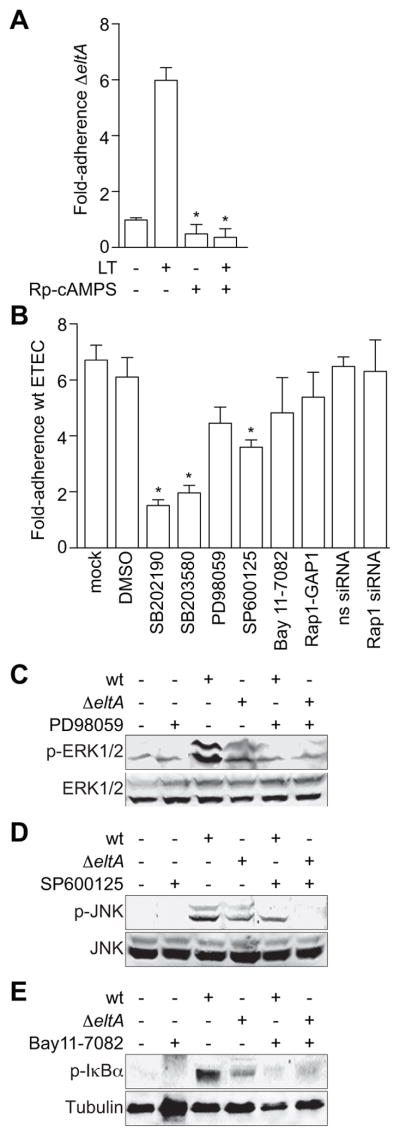Figure 6. LT-induced MAPK activation promotes ETEC adherence.
A. Quantification of ΔeltA ETEC adherence to HCT-8 cells in the presence or absence of 100 ng/ml LT and/or200 μM Rp-cAMPS. Data are normalized to the magnitude of adherence of ΔeltA ETEC to untreated HCT-8 cells and represent the fold-change in adherence. Data are presented as mean ± SEM, n = 4, with asterisks (*) used to indicate a statistically significant difference from LT-treated cells (p < 0.05, Student’s t test). B. Quantification of wt ETEC adherence to HCT-8 cells after pre-treating cells (1 h) with 20 μM SB202190, 20 μM SB203580, 50 μM PD98059, 40 μM SP600125, 20 μM Bay 11-7082, or 48 h after transfecting Rap1-GAP1 plasmid or a Rap1 or a non-specific (ns) siRNA duplex. Data are normalized to the magnitude of adherence of wt ETEC to untreated HCT-8 cells and represent the fold-change in adherence. Data are presented as mean ± SEM, n = 3–8, with asterisks (*) used to indicate a statistically significant difference from wt ETEC (p < 0.05, Student’s t test). C–E. Immunoblotting of total and phosphorylated ERK1/2, JNK, or IκBα and tubulin after infecting cells with wt or ΔeltA ETEC for 2 h. Where indicated, HCT-8 cells were first treated with 50 μM PD98059 (panel C), 40 μM SP600125 (panel D), or 20 μM Bay11-7082 (panel E) for 1 h.

